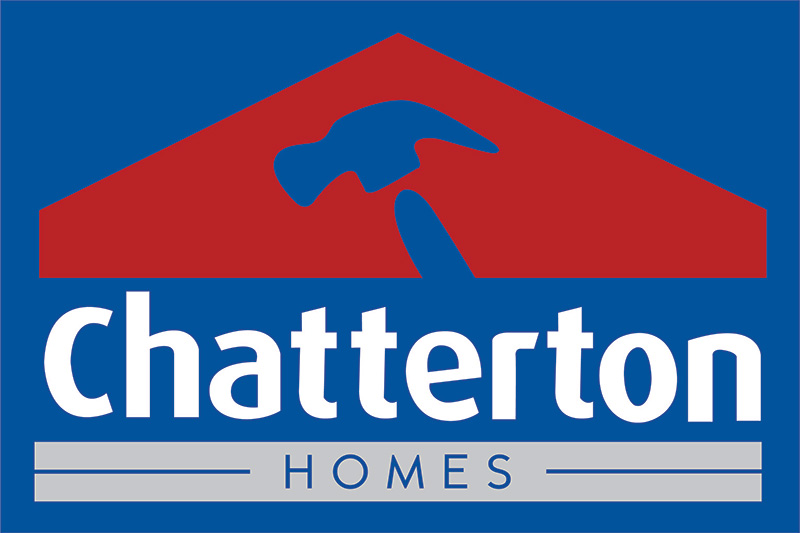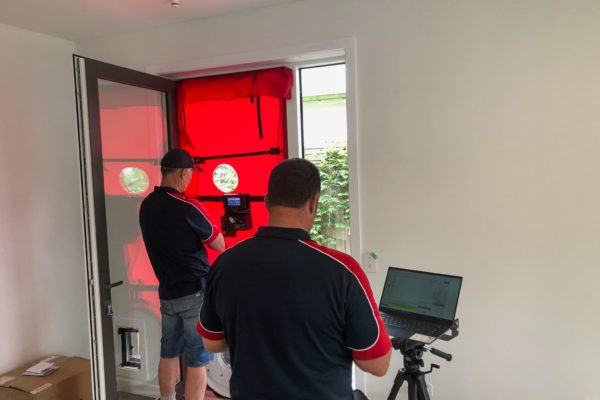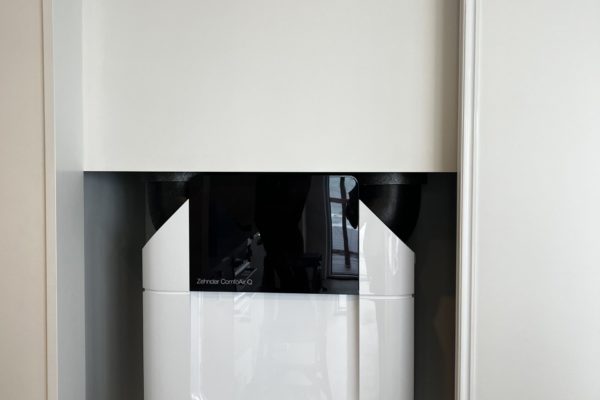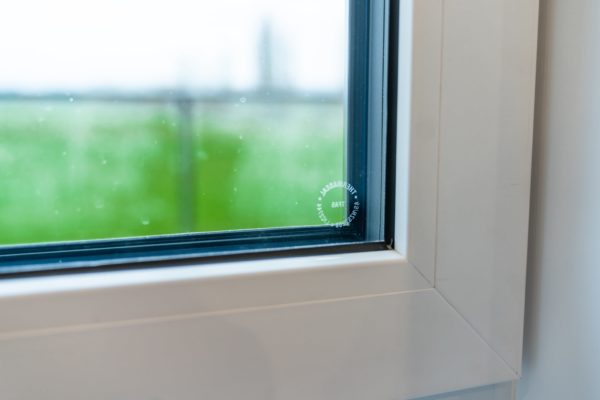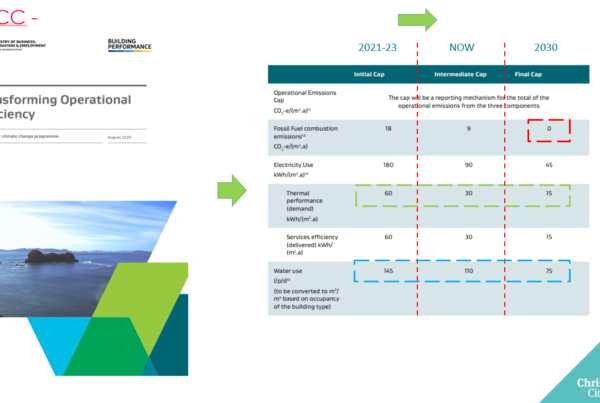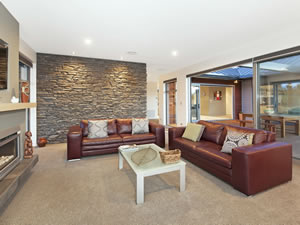Homestar is an independent rating tool that measures a home’s performance and its environmental impact.
How does Homestar work?
As a rating tool, it certifies the health, efficiency, and sustainability of New Zealand homes based on a set of criteria. A home is rated on a 1-10 scale: a rating of 1 Homestar means it needs significant work, and 10 Homestar indicates international best practice. Most existing New Zealand homes only achieve a 2-3 Homestar rating.
Homestar has been created to give confidence that the home will be more sustainable, easier to keep warm and, depending on how the resident chooses to live and use its features, have lower running-costs.
Homestar awards points across various credits to rate a home’s performance and environmental impact. There are mandatory minimum requirements around keeping the home, warm, dry, well ventilated, and resource-efficient. Otherwise, the tool is flexible. The credits are open to various combinations to reach the points required to achieve the desired rating.
Homestar rewards good design principles such as good orientation for sun, high levels of insulation and controlling moisture which are vital to create a healthy, efficient home.
Homestar also considers the build process to reward activities such as minimising and sorting of waste onsite during the construction process.
Simply put, a 10 Homestar rating (100 points) recognises world leading standards for design, construction, and efficiency in operation. A 6 Homestar rating (60 points) recognises a home that has been built above the current standards set by the New Zealand building code.
How much does a rating cost?
Homestar ratings are carried out by Homestar Assessors. While they are trained by the NZ Green Building Council (NZGBC), they are third party consultants, external to the NZGBC and so will negotiate their own fees. As with any professional service, you may wish to get several quotes and compare suppliers before engaging a Homestar Assessor to carry out the work.
Does Homestar save on running costs?
This 2018 report completed by eCubed Building Workshop Ltd investigated the cost benefits of achieving 6, 7 and 8 Homestar. They found that for 6 Homestar, the annual savings were broadly similar in all locations at approximately $450-500 per annum for the homes they examined.
For 7 and 8 Homestar, the annual savings were approximately $2000-2100 in Auckland, $2300-2500 in Wellington, and $1600-1800 in Christchurch. Note, savings are based on achieving an indoor temperature of 20°C all year. Actual savings will vary depending on the design of each home and the way it is operated. These figures do not consider the potential for added value to the property.
(source: New Zealand Green Building Council)

Homestar and Passive House
Homestar is a rating tool for a wide range of energy and sustainability factors, whereas passive house is a building methodology targeted specifically at comfort, health, and low energy costs.
You can choose between Homestar and passive house but building to passive house principles is arguably the best way to achieve a lot of what Homestar rewards, so they effectively complement each other. It’s inaccurate to consider them as rival building methods.
In our next blog, we will address further the difference between Homestar and passive house, but we will also cover what they have in common and how collaboration can reap more benefits.
